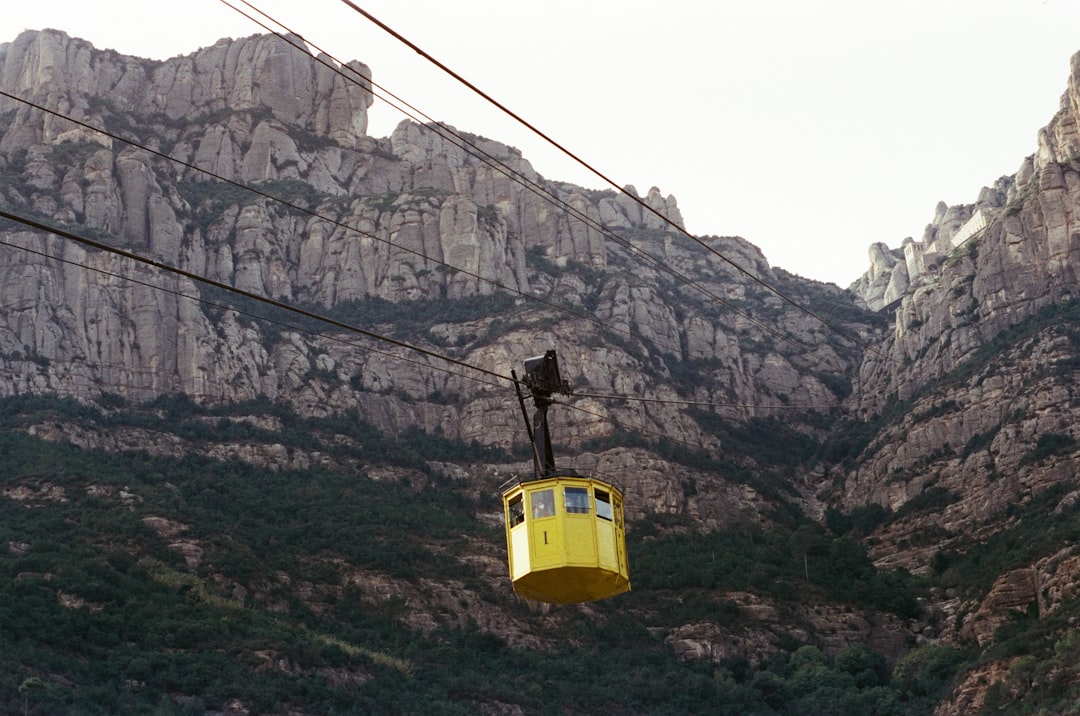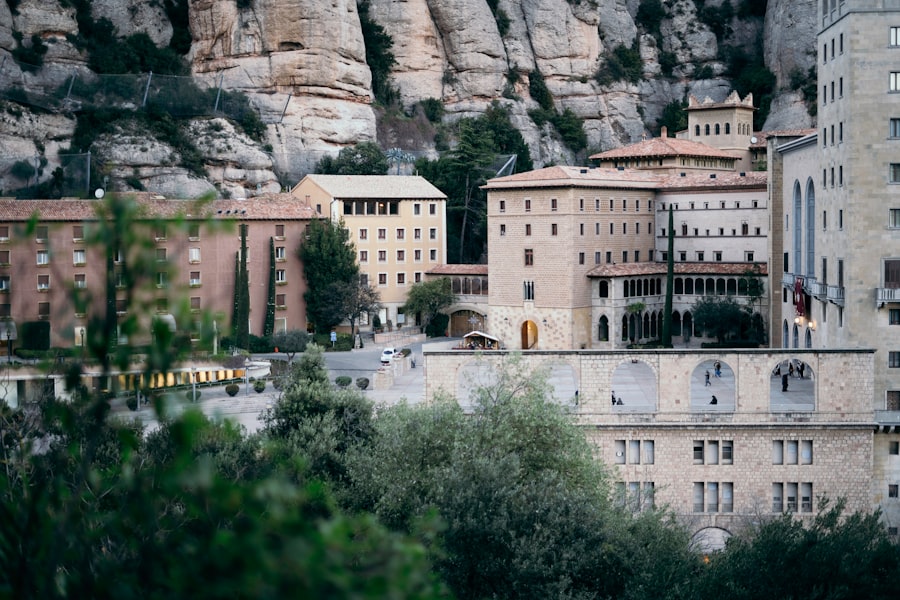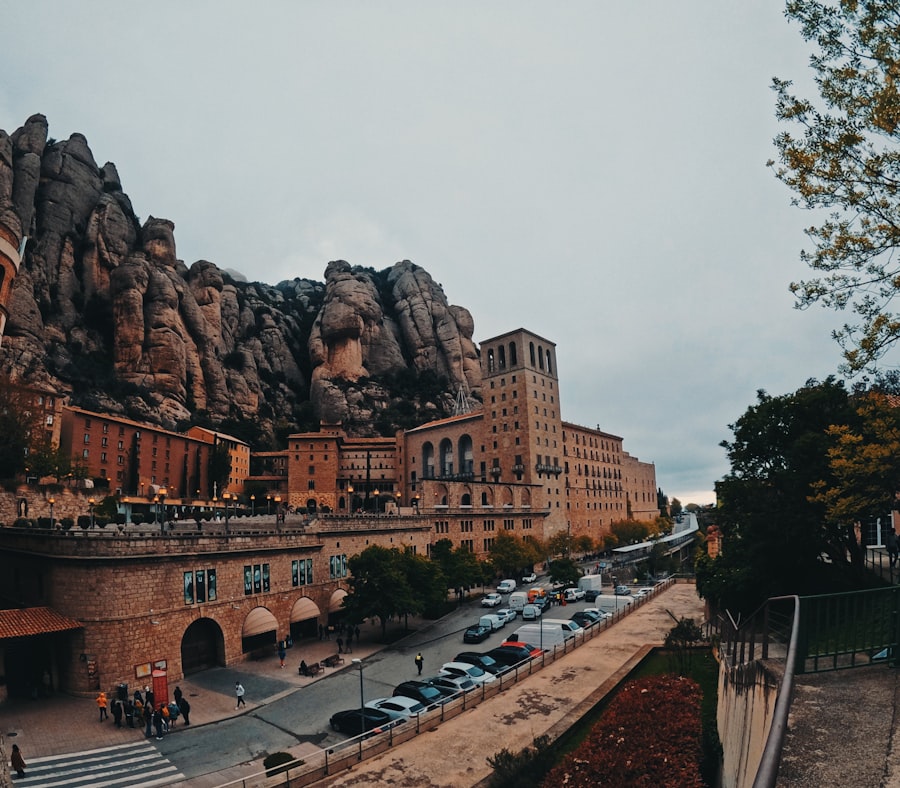
Montserrat, a small yet captivating island in the Caribbean, is a British Overseas Territory known for its stunning landscapes, rich history, and vibrant culture.
The island spans approximately 102 square kilometers and is home to around 5,000 residents, many of whom are descendants of Irish settlers.
The capital, Plymouth, was once a bustling town but has since been largely abandoned due to volcanic activity that reshaped the island’s landscape in the late 20th century. The island’s unique geography is characterized by its volcanic origins, with the Soufrière Hills volcano being a prominent feature. This volcano has played a significant role in shaping both the physical and cultural landscape of Montserrat.
The island’s economy has historically relied on agriculture, particularly the cultivation of sugarcane and cotton, but the volcanic eruptions that began in 1995 drastically altered this dynamic. Today, Montserrat is a blend of resilience and beauty, attracting visitors who seek to explore its natural wonders and learn about its storied past.
Key Takeaways
- Montserrat is a small Caribbean island known for its rich history, vibrant culture, and stunning natural beauty.
- The island has a unique blend of African, Irish, and Caribbean influences, which is reflected in its music, dance, and cuisine.
- Visitors to Montserrat should not miss the chance to explore the Montserrat Volcano Observatory, the historic town of Plymouth, and the beautiful black sand beaches.
- Montserrat is home to lush rainforests, stunning waterfalls, and rare wildlife, making it a paradise for nature lovers and outdoor enthusiasts.
- Travelers can also enjoy unique experiences such as hiking the Soufriere Hills volcano, snorkeling in the crystal-clear waters, and attending the annual St. Patrick’s Day festival.
Historical and cultural facts about Montserrat
The history of Montserrat is deeply intertwined with its colonial past and the influence of various cultures. The island was first discovered by Christopher Columbus in 1493, who named it after a mountain in Spain. The first permanent settlers arrived in the 17th century, primarily from Ireland, which has left a lasting impact on the island’s culture.
This Irish heritage is evident in the local music, festivals, and even the names of towns and landmarks. The annual St. Patrick’s Day celebrations are a testament to this cultural connection, drawing locals and visitors alike to partake in lively festivities.
The island’s history took a dramatic turn with the onset of volcanic activity in 1995. The Soufrière Hills volcano erupted multiple times over the following years, leading to the evacuation of the southern part of the island, including the capital city of Plymouth. This natural disaster not only reshaped the physical landscape but also had profound social and economic implications for the residents.
Many were displaced from their homes and livelihoods, leading to a significant decline in population as people sought opportunities elsewhere. Despite these challenges, Montserratians have demonstrated remarkable resilience, working to rebuild their lives and preserve their cultural identity.
Must-visit places in Montserrat

When visiting Montserrat, several key locations stand out as essential stops for any traveler. One of the most significant sites is the Montserrat Volcano Observatory, which offers an educational experience about the island’s volcanic activity. Visitors can learn about the science behind volcanology and view exhibits detailing the eruptions that have shaped Montserrat’s recent history.
The observatory also provides stunning views of the Soufrière Hills volcano, making it a perfect spot for photography enthusiasts. Another must-visit location is the historic Brades Estate, which showcases the island’s agricultural heritage. This estate features remnants of sugar plantations that once thrived on the island before the volcanic eruptions disrupted agricultural practices.
Visitors can explore the ruins and gain insight into the island’s colonial past while enjoying breathtaking views of the surrounding landscape. Additionally, the Montserrat Cultural Centre in Little Bay serves as a hub for local arts and crafts, offering visitors a chance to purchase handmade souvenirs while supporting local artisans.
Natural sights and attractions in Montserrat
| Attraction | Description | Location |
|---|---|---|
| Soufrière Hills Volcano | An active volcano with a dome that collapsed in 1997, creating a new landscape. | Southern Montserrat |
| Rendezvous Beach | A beautiful white sand beach with clear blue waters, perfect for swimming and sunbathing. | Northwestern Montserrat |
| Little Bay Beach | A secluded beach with black sand and calm waters, great for relaxation and snorkeling. | Northwestern Montserrat |
| Montserrat National Trust | An organization dedicated to preserving the natural and cultural heritage of Montserrat. | Plymouth, Montserrat |
Montserrat is renowned for its breathtaking natural beauty, characterized by lush rainforests, pristine beaches, and dramatic volcanic landscapes. One of the most striking natural attractions is the black sand beaches formed from volcanic ash. These unique beaches, such as Rendezvous Bay and Woodlands Beach, offer a serene escape for sunbathers and swimmers alike.
The contrast between the dark sands and turquoise waters creates a picturesque setting that is perfect for relaxation or exploration. The island’s hiking trails are another highlight for nature enthusiasts. The National Trust has developed several well-marked trails that wind through verdant forests and offer panoramic views of the coastline and mountains.
One popular hike is the trail to Chances Peak, which stands at 3,200 feet and provides an exhilarating challenge for avid hikers. The summit rewards trekkers with sweeping vistas of the island and neighboring cays, making it a memorable experience for those who undertake it.
Unique experiences and activities in Montserrat
Beyond its natural beauty and historical significance, Montserrat offers a range of unique experiences that cater to diverse interests. For those seeking adventure, zip-lining through the rainforest canopy provides an adrenaline-pumping way to appreciate the island’s lush environment. Several tour operators offer guided zip-lining experiences that allow participants to soar above treetops while taking in breathtaking views of the landscape below.
Cultural immersion is another enriching aspect of visiting Montserrat. Engaging with local communities through workshops or cooking classes can provide visitors with a deeper understanding of Montserratian culture. Learning to prepare traditional dishes such as goat water or rice and peas allows travelers to connect with locals while savoring authentic flavors.
Additionally, participating in local music events or dance performances can offer insight into the island’s vibrant artistic scene.
Tips for traveling to and exploring Montserrat

Traveling to Montserrat requires some planning due to its relatively remote location. The most common way to reach the island is by ferry from Antigua or by small aircraft from various Caribbean destinations. It’s advisable to check schedules in advance as ferry services may be affected by weather conditions or other factors.
Once on the island, renting a car can be beneficial for exploring its diverse attractions at your own pace. When packing for a trip to Montserrat, it’s essential to consider both beachwear and hiking gear due to the island’s varied terrain. Lightweight clothing suitable for warm weather is recommended, along with sturdy shoes for hiking excursions.
Travelers should also be mindful of local customs and etiquette when visiting Montserrat. Engaging with locals respectfully and showing appreciation for their culture can enhance interactions and foster goodwill.
Learning a few basic phrases in English or even some local dialect can go a long way in building rapport with residents. In conclusion, Montserrat is a destination that offers a rich tapestry of history, culture, and natural beauty. From its volcanic landscapes to its vibrant community life, there is much to explore and experience on this enchanting Caribbean island.
Whether you are drawn by its historical significance or its stunning scenery, Montserrat promises an unforgettable journey filled with unique adventures and lasting memories.
If you’re intrigued by the unique insights and travel destinations highlighted in our article on Montserrat, you might also find interest in exploring more about other places. For instance, our article on Washington D.C. Facts and Places to Visit offers a deep dive into the rich history and iconic sights of the U.S. capital. Just like Montserrat, Washington D.C. is packed with historical significance and boasts an array of monuments, museums, and cultural experiences that cater to both history buffs and casual tourists alike.
FAQs
What is Montserrat known for?
Montserrat is known for its stunning natural beauty, including the active Soufrière Hills volcano, black sand beaches, and lush green mountains. It is also famous for its rich cultural heritage and the annual St. Patrick’s Day festival.
What are some popular sights to see in Montserrat?
Some popular sights to see in Montserrat include the Montserrat Volcano Observatory, the abandoned city of Plymouth, Rendezvous Bay, Little Bay, and the Montserrat Cultural Centre.
Is Montserrat safe to visit despite the active volcano?
While the Soufrière Hills volcano is still active, the northern part of Montserrat is considered safe for visitors. The Montserrat Volcano Observatory closely monitors volcanic activity, and the island has designated safe zones for tourists.
What are some activities to do in Montserrat?
Visitors to Montserrat can enjoy activities such as hiking, birdwatching, snorkeling, diving, and exploring the island’s cultural heritage. The island also offers opportunities for whale watching and boat tours.
What is the best time to visit Montserrat?
The best time to visit Montserrat is during the dry season, which runs from December to May. This is when the weather is most pleasant, and the island hosts various festivals and events.



